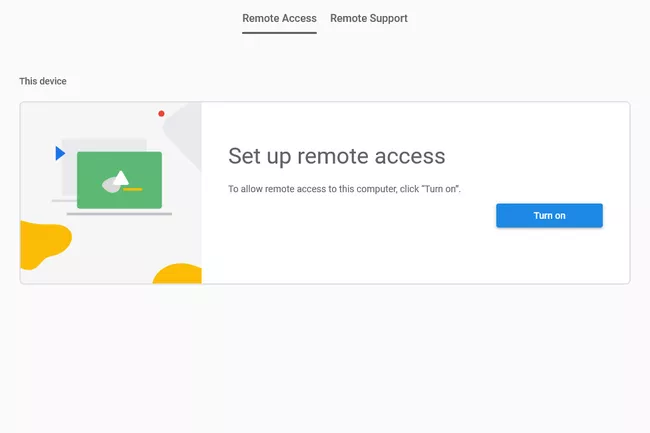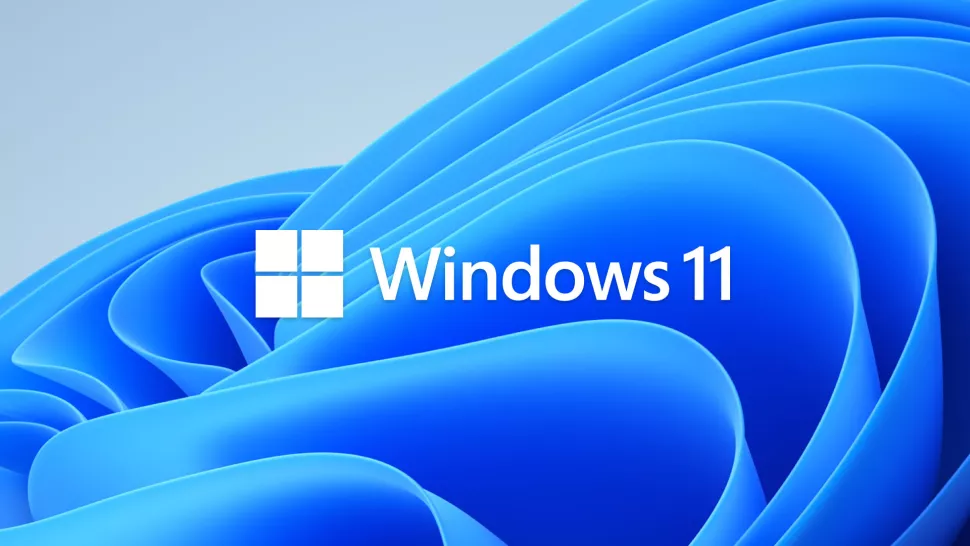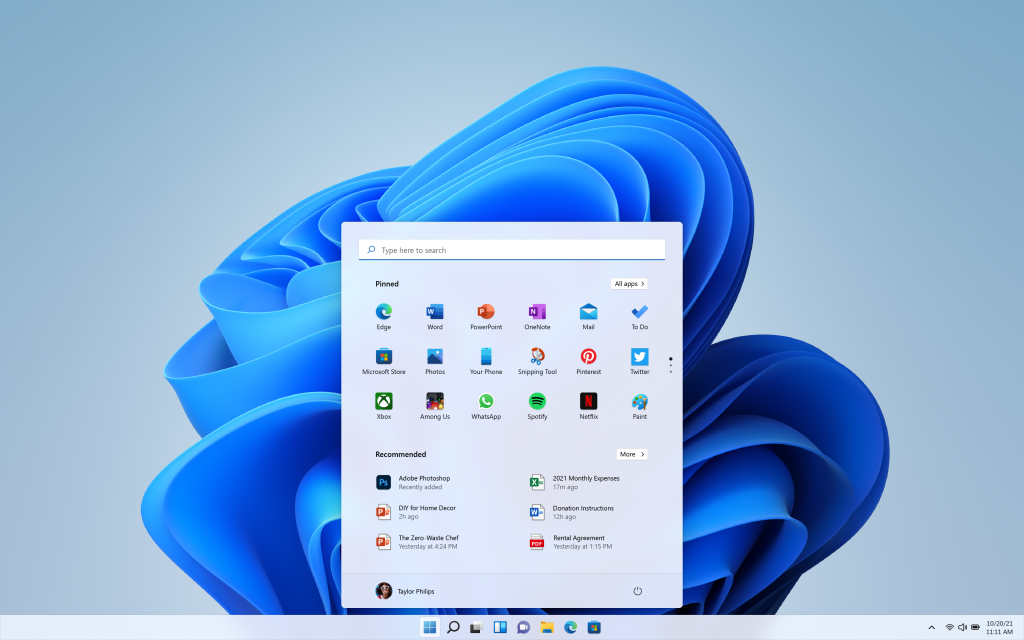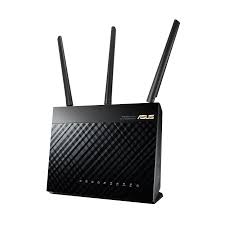
Chrome Remote Desktop is a free remote desktop program from Google that runs as an extension that’s paired with the Chrome web browser.
You can use it to set up any computer running the Chrome browser to be a host computer that you can connect to at any time, whether the user is logged in or not, for full unattended access. It’s also useful for temporary, on-demand, one-time access/support. (read more)







